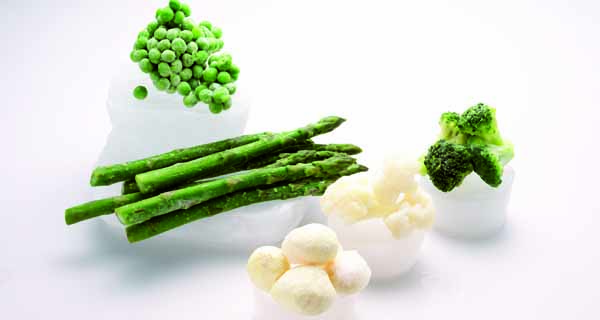
An independent research led by experts of Cranfield University shows that increasing frozen food usage can help meet government targets on food security. Researchers at the leading university assessed a range of factors, such as waste reduction, increasing production, providing affordable nutrition and reducing the environmental impact of food production. They concluded that frozen food already contributes to food security in the Uk and expanding its use could contribute significantly more. Dr. Adrian Williams, principal research fellow at Cranfield University’s School of Energy, Environment and Agrifood said: “The report brings together a wealth of research which shows that there are improvements that can be made by making better use of freezing technologies in the food chain. This has particular benefits in reducing the impact of food waste and enabling sustainable transportation of food imported into the Uk”.
Brian Young, chief executive of British Frozen Food Federation said: “Food security is becoming increasingly prominent on the government’s agenda. As the population increases the food industry must take an active role in helping to meet the growing demand for nutritional, affordable food without impacting on the environment.”. In Uk frozen food growth remains consistent, according to Iri Pulse Report Frozen Food data, but Italy, Netherlands and Germany have also seen improvement. In Italy frozen food market, as Euromonitor’s statistics show, ice cream hold the largest share, representing the 29.9 per cent of the total frozen food sales value. The other most important categories are frozen fish which accounts for 22.7 per cent, frozen vegetables (20.5%), frozen ready meals (18.7%), frozen meat (3.3%), frozen desserts (0.9%) and frozen bread products(0.8%). Italy frozen food market is being supported by promotional activity which reached 38.4% of volume in 2014, an increase of 4% over previous year.
